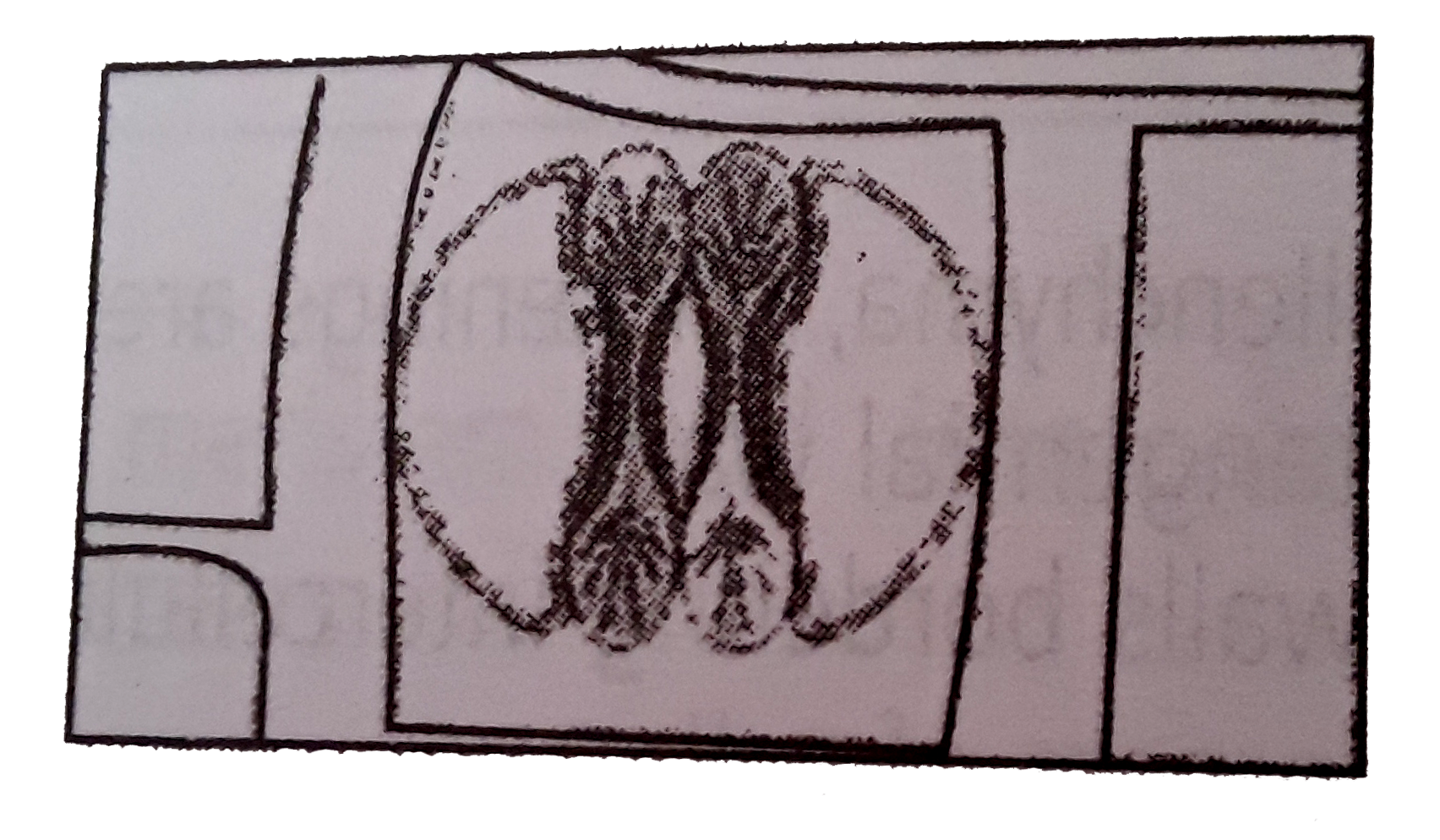Identify the phylym from the statements given below : (i) Their body is circular in cross section (ii) They may be free living, aquatic and terrestrial, parasitic in plants and animals (iii) They are bilaterally symmetrical, triploblastic and pseudocoelomate
Cnidaria
Aschelminthes
Annelida
Arthropoda
The correct Answer is:B
Step by step video, text & image solution for Identify the phylym from the statements given below : (i) Their body is circular in cross section (ii) They may be free living, aquatic and terrestrial, parasitic in plants and animals (iii) They are bilaterally symmetrical, triploblastic and pseudocoelomate by Biology experts to help you in doubts & scoring excellent marks in Class 12 exams.
Topper's Solved these Questions
Similar Questions
Read the statements given below and identify the correct option.
(i) A parallelogram has only one line of symmetry.
(ii) A square and a rectangle have the same number of lines of symmetry.
(iii) The diameter of a circle is its line of symmetry.
 View Solution
View SolutionGiven below are three statements regarding Aschelminthes.
(i) They are bilaterally symmetrical and triploblastic.
(ii) They are dioecious.
(iii) All are plant or animal parasites.
Select the option that has both the correct statemets.View Solution
Knowledge Check
- Question 1 - Select One
The body of these animals is circular in cross section. They may be free living ,aquatic and terrestrial . They are bilaterally symmetrical and pseudocoelomate animals. These animals belong to which phylum of animal kingdom?
APlatyhelminthesBAschelminthesCAnnelidaDArthropoda - Question 2 - Select One
Four characters ( a -.d) are given below . Which two are CORRECT about phylum arthropods ?
(i) it is the largest phylum of animal kingdom .
(ii) one third of all named species on earth are arthropods.
(iii)They are bilaterally symmetrical , triploblastic and segmented animals .
(iv) The body is covered by calcareous exoskeleton.A(i) and (ii)B(i) and (iii)C(i) and (iv)D(i),(ii) and (iii) - Question 3 - Select One
Identify among the statements given below which one is incorrect about phylum-Ctenophora.
I. They are acoelomate and diploblastic animals with tissue grade levelof body organisation.
II. They exhibit bilateral symmetry
III. They show the presence of a gelatinous mesogloea between epidermis and gastrodermal tissue layers.
IV. They have transparent ctenophores which show bioluminescence.AI, II and IIIBOnly ICII and IVDI and III
From the statements given below identify the causes of soil erosion
I.strong winds
II.contour ploughing
III.deforestation
IV.step farming
V.improper cultivation practicesView SolutionRead the statements given below and identify the suitable option :
(i) Eye of Octopus and mammals are homologous.
(ii) sweet potato and photo are analogous.
(iii) Thorus of Bougainville and tendrils of Cucurbita are homologousView SolutionWhich of the statements given below correct?
(i) Plants convert solar energy in chemical energy
(ii) Producers make their form themselves from inorgaric compounds
(iii) Green plants get their food from organic compounds
(iv) All green plants and blue green algae producersView Solution
Identify the plants (from the list i-vi) which possess the given type of guars cells (as shown in the diagram) in their leaves.
(i). Grass
(ii). Tomato
(iii). Banana
(iv). BrinjalView SolutionAnnelids
I. are schizocoelomate animals
II.have setae as locomotory organs .
III.have triploblastic body wall .
IV.are triploblastic , bilaterally symmetrical , pseudocoelomate animals .View Solution

